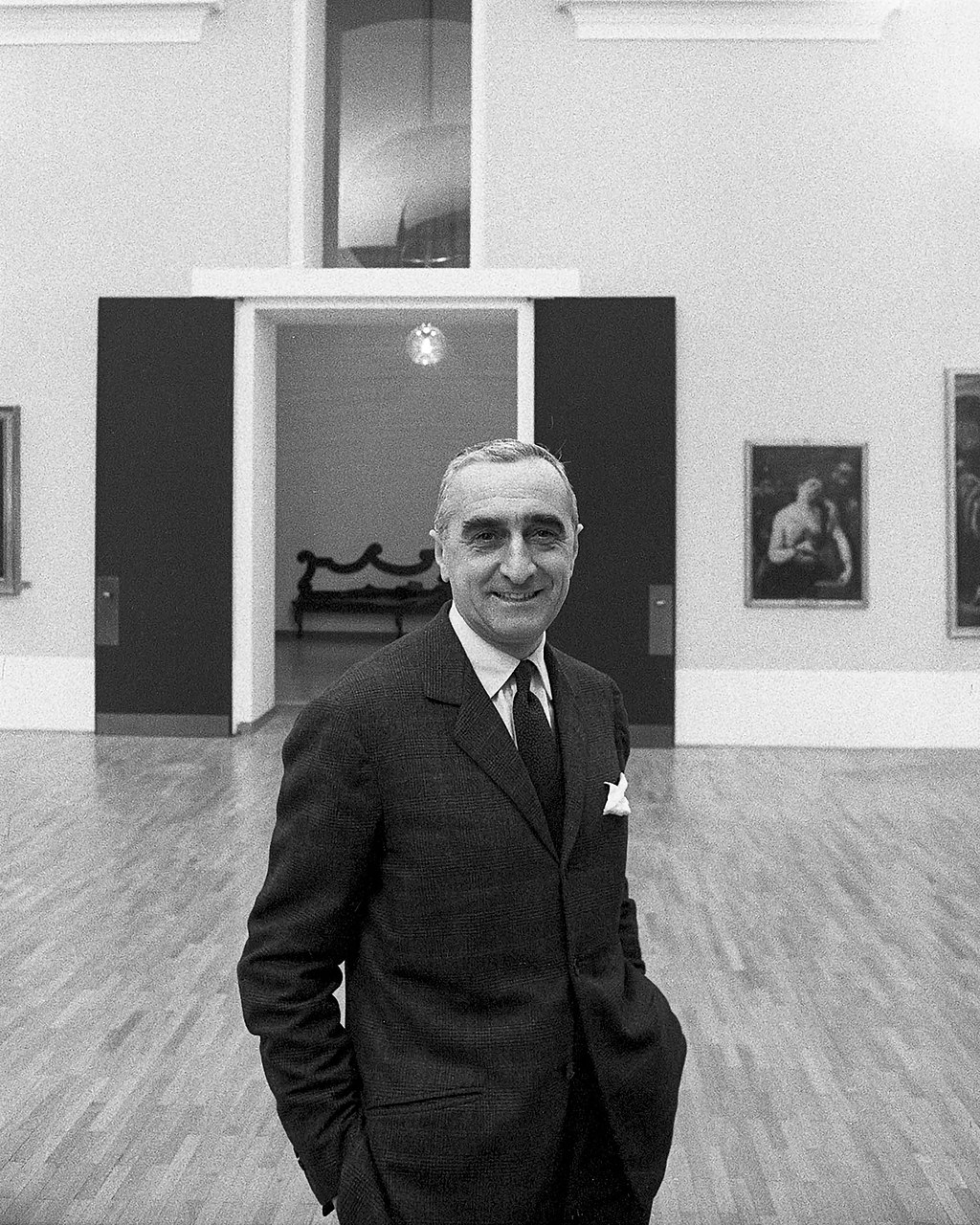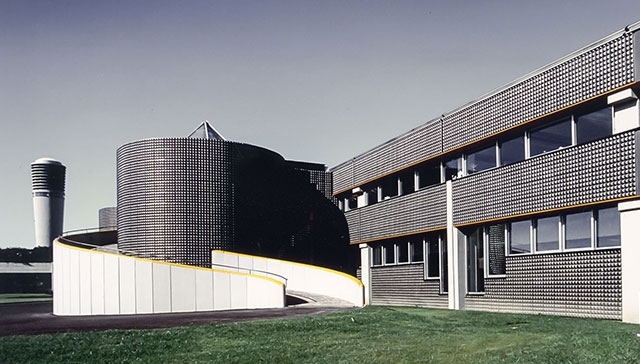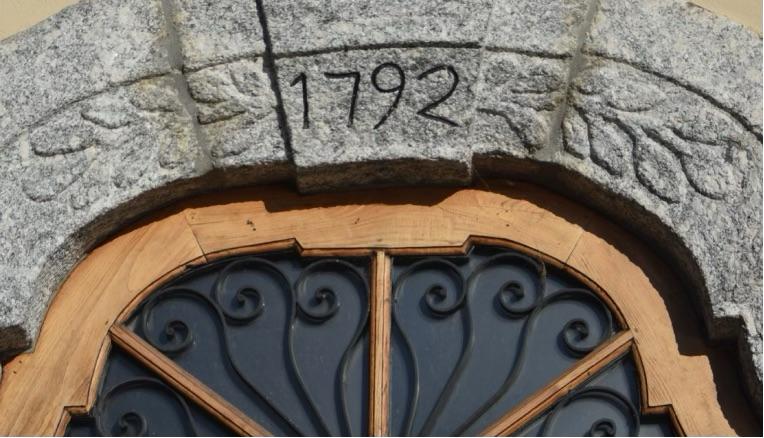
LIFESTYLE
Caccia Dominioni & The Domus Plinii 1792
‘In reality, the flat is a micro-city, with its routes, its constraints, its social and private spaces (…) I do not like the direct entrance to the living room because it does not reserve any surprises, while the architect’s task, I believe, is also to arouse a succession of emotions (…) My entrances, my stairs, even the furniture are urbanistic solutions.’
Luigi Caccia Dominioni was one of the most influential Italian architects and designers of the 20th century, winning the most prestigious Compasso d’oro award multiple times. His work, characterised by a harmonious fusion of tradition and modernity, contributed to the visual identity of Milan and Lombardy we see today.
His masterpieces include urban planning projects, such as Piazza San Babila and Corso Europa in Milan, the San Felice district in collaboration with Vico Magistretti. Individual buildings include the reconstruction of his family home in Piazza Sant’Ambrogio and the apartment building in Piazza Carbonari.

In addition, he has designed numerous objects that have gone down in history such as the famous Catilina chair, the Monachella lamp or the Fasce table, culminating in the design of small everyday objects such as the Caccia cutlery for the Alessi brand, the result of collaboration with the Castiglioni brothers, designers.
Born into an aristocratic Milanese family, Caccia Dominioni graduated in architecture from the Milan Polytechnic in 1936. Immediately after graduation, he started working as an architect and designer, but his career was interrupted by the Second World War, during which he participated in the resistance against the fascist regime.
After a stay in Switzerland, Caccia Dominioni returned to Italy after the war and resumed his professional activity, becoming one of the leading figures in the Italian reconstruction. Later, in 1947, the Milanese architect founded, together with fellow architects Ignazio Gardella and Corrado Corradi Dell’Acqua, the famous design studio Azucena, still today an Italian design brand synonymous with the highest quality and craftsmanship.
Dominioni was renowned for his attention to detail, he invested with extreme care and attention the most minute of details. Unlike many of his contemporaries, the architect also favoured collaboration with local craftsmen and manufacturers to achieve the highest quality of materials ranging from stone to wood to metals.

The Milanese architect’s aim was to propose architecture that was consistent with its surroundings: “I thought it would be a good rule for all cities to give an image that was closer to the ground. If architecture were born from the ground, it would be born with local materials and therefore tone on tone, stone on stone, material on material ”.
Caccia Dominioni also boasts important collaborations with artists such as, for example, the Como sculptor Francesco Somaini who, before creating the marvellous floor of the Church of San Biagio in Monza designed by Caccia in the 1960s, was his direct client for the interior renovation of his villa: Casa Rosales e Somaini in Lomazzo.
Between the 1950s and 1980s, the Milanese architect worked intensively in Como. Among the most significant projects are the residential complex in Fino Mornasco and Villa Barbiero in Montorfano. At the end of the 1980s, he worked on a commission from the Como entrepreneur and patron of the arts, Antonio Ratti, carrying out the renovation of the Ratti Setificio Headquarters and his personal residence, the Villa Bonomi Bolchi/Ratti, which was already home to the a beautiful garden designed by the famous landscape architect Pietro Porcinai since the 1950s.

Among his latest works is the renovation of an 18th-century villa, now known as Domus Plinii 1792, located in Faggeto Lario on Lake Como. Today, this villa has been transformed into a ’boutique resort’ which, unlike traditional hotels, stands out for its intimate atmosphere, elegant design, and personalized service.
The Domus Plinii 1792 masterfully blends elegance and modernity, offering a unique stay thanks to the balance between historical charm and contemporary comfort. Dominioni took great care to preserve valuable and historically significant elements, such as the facade facing the lake, the stone details of the balconies and the entrance portal, dating back to 1792.
Following this restoration, in more recent times, a group of architects from Milan, Telesio15, completed the internal renovation of the villa, transforming it into the luxury resort with twelve exclusive suites, furnished with care and originality.
In addition to the exclusive rooms, the ‘boutique resort’ offers its guests an enchanting outdoor swimming pool surrounded by nature. In addition, the presence of the prestigious D-lounge restaurant, with a wonderful glass veranda from which to admire the lake landscape, guarantees a very high gastronomic experience, from breakfast to dinner, with local dishes and more.

Domus Plinii 1792 ‘s strong identity and its deep connection with the Lake Como area have allowed it to become part of the prestigious Como4Como network, an initiative that enhances local identity. Thanks to this affiliation, the ‘boutique resort’ offers its guests an exclusive selection of the ComoComo x Bric’s collection, a line that embodies the craftsmanship and elegance of the Como area.
This collaboration between the Como 1907 football club and Bric’s perfectly represents the resort’s philosophy. It is, in fact, a synergy that aims at merging exclusive hospitality with refined design, always keeping the focus on community, quality and detail.



